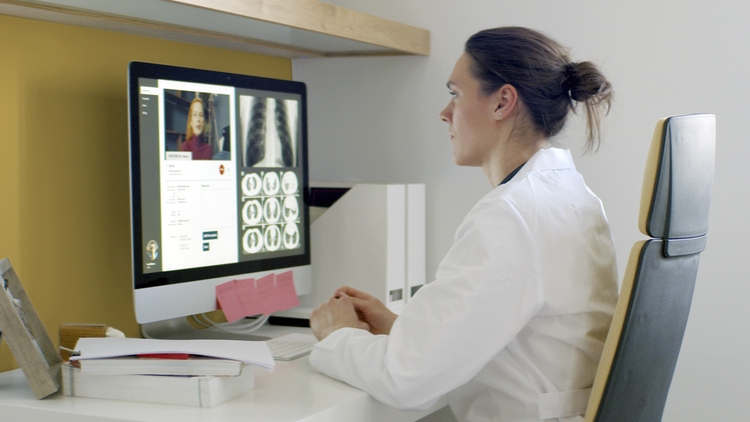Coronavirus Changes How Medicine is Practiced

The coronavirus has had a dramatic effect on the lives of American citizens since it first appeared in the United States, but there are some changes as a result of the crisis which could have a positive long-term impact on healthcare.
In order to combat this highly contagious disease, healthcare providers encouraged patients with minor symptoms to remain at home, reducing the risk of spread, and offered virtual care as an alternative.
Changing for the Better
Telehealth is the ability to speak to a doctor online in a virtual visit. The doctor can ask the patient questions about their symptoms and look for any abnormalities using the video and audio software now readily available. Patients therefore receive a tailored service without having to leave their home and put themselves at risk.
This increased access and convenience is augmented by the online doctor’s ability to write prescriptions after online visits, and patients with chronic conditions can be monitored from afar with digital monitors and other smart medical devices.
Telehealth also opens doors for patients who live in rural areas and cannot access healthcare facilities easily. Now, instead of having to drive for hours to find an available clinic, patients can switch on a computer and check in online. And in order to encourage telehealth adoption in these areas, state and local governments have been increasing access to broadband internet so that patients can book an online visit with ease.
In addition, patients no longer have to show up to facilities unnecessarily, giving patients physically attending a clinic a more pleasant, less crowded experience. It fosters a less infectious waiting room while online patients have a visit in the safety of their home. This change also protects doctors and nurses from becoming overwhelmed at a time when equipment and resources are in short supply.
Will These Changes Last?
At this stage, there’s very little reason to think they won’t. Providers and patients are now fully invested in the idea of telehealth.
According to a Global Market Insights report, the global telemedicine industry was valued at $17.8 billion in 2014. Since then, it has been growing at a compound annual rate of 18.4%, and that was before the coronavirus hit this year.
When the coronavirus struck, both Medicare and Medicaid encouraged the adoption of telehealth by offering telehealth parity, which means patients are now reimbursed the same as they would be for a physical visit, and Medicaid and Medicare providers are even allowed to practice virtually in other states beyond the one they are licensed in.
Further to this, patients’ use of this system has increased tenfold. In 2019, just 11% booked virtual visits, whereas that figure reached 46% in 2020. Providers are also holding 50 to 175 times the number of virtual visits they did before.
Medical Practice Is Changing
Until there is a coronavirus vaccine, telehealth will be vital in the fight to keep patients and practitioners safe; and given that it may be between 12-18 months before this vaccine is readily available, virtual visits may have become a way of life by then*. The more patients experience the benefits, the more telehealth will have become integrated into the American healthcare system and the less they will want to go back. Given the clear benefits of telehealth, that feels like a change for the better.

